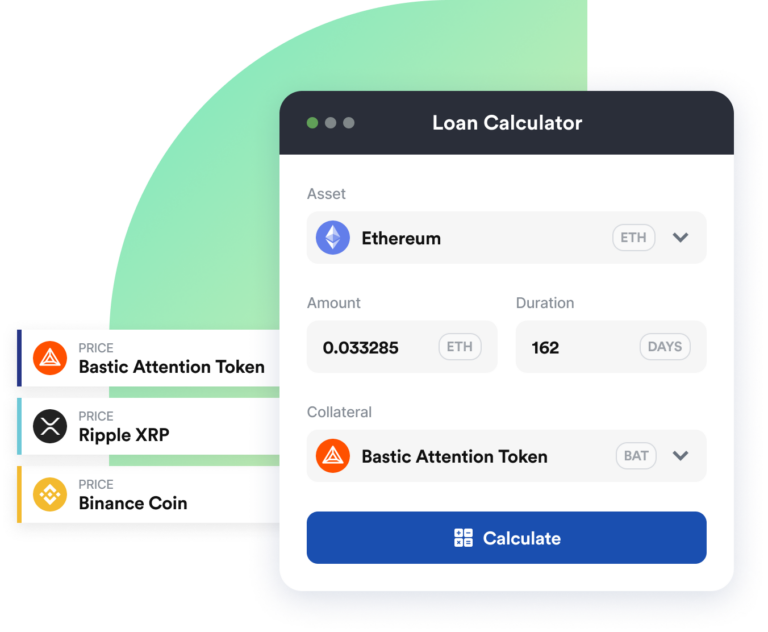Investing in cryptocurrencies can be a high-reward venture, given their rapid value appreciation over a short period. However, these potential gains can only be realized when one knows how to take profits in crypto. In this comprehensive guide, we dissect the concept of profit-taking in the crypto market, the strategies involved, and the potential risks that investors need to look out for.
Understanding Crypto Profits
In the simplest terms, cryptocurrency is a digital or virtual form of currency that relies on cryptography for security. Unlike traditional currencies, cryptocurrencies operate on decentralized platforms known as blockchain technology. Some well-known cryptocurrencies include Bitcoin, Ethereum, and Ripple, among a host of others.
The Concept of Profits in Crypto
In the context of crypto trading, profits are made when the selling price of a cryptocurrency is higher than the buying price. This profit becomes realized once the cryptocurrency is sold. However, knowing when to sell to maximize profits can be a tricky affair, especially in the highly volatile crypto market.
Profit Taking Strategies in Crypto
There are several strategies traders can employ to take profits in the crypto market. These include the scaling out method, where you sell a portion of your holdings as the price rises, and the trailing stop method, which involves setting a moving stop loss level that adjusts with the price. Another strategy is the all-out method, where you sell all your holdings once the price reaches your target.
Remember, the best strategy depends on various factors, including your risk tolerance, investment goals, and market conditions.
Steps to Take Profits in Crypto
The foundation of any profitable trading strategy lies in a thorough market analysis. This analysis is two-pronged: fundamental analysis and technical analysis.
Fundamental Analysis
Fundamental analysis is a method of evaluating the intrinsic value of a cryptocurrency. This involves examining factors like the coin’s underlying technology, the team behind it, its partnerships, its competition, its market cap, and its utility in the broader ecosystem. By evaluating these aspects, traders can determine if a cryptocurrency is overvalued or undervalued, informing their buying or selling decisions.
Technical Analysis
Technical analysis, on the other hand, is a method that involves studying market data, primarily through the use of charts, to predict future price movements. Traders use various technical indicators like moving averages, trend lines, and candlestick patterns, among others, to identify patterns that can suggest future price action.
Setting Profit Targets
A critical aspect of taking profits in crypto involves setting profit targets. Having a clear profit target allows traders to have a pre-determined exit strategy, thus helping to remove emotions from trading decisions. This is crucial because fear and greed can often lead to poor trading decisions.
Implementing a Stop Loss
Implementing a stop loss is an effective risk management tool, especially in the volatile crypto market. A stop-loss order allows traders to set a specific price level at which they will sell a cryptocurrency to prevent further losses. This strategy ensures that potential losses can be capped, protecting the trader’s capital.
Taking Partial Profits
Taking partial profits is another viable strategy in profit-taking. This involves selling a portion of your holdings when the price reaches a certain level, allowing you to lock in some profits while leaving room for more if the price continues to rise. It is an effective way to manage risk and secure profits simultaneously.
Risks in Taking Profits
Taking profits, while necessary, also presents certain risks. For instance, selling too early can lead to missed opportunities if the price continues to rise. Conversely, holding on for too long in anticipation of higher prices can result in losses if the price suddenly drops.
Best Practices in Crypto Profit-taking
Portfolio rebalancing involves adjusting the proportions of different cryptocurrencies in your portfolio to maintain a desired asset allocation. Regular rebalancing helps ensure that your investment portfolio aligns with your risk tolerance and investment goals.
Diversifying Crypto Investments
Just like in traditional investing, diversification is key in managing risk in crypto investing. This strategy involves spreading your investments across different types of cryptocurrencies, thus reducing exposure to any single coin.
Conclusion
Navigating the world of cryptocurrencies requires a deep understanding of market dynamics, strategic planning, and effective risk management. Knowing when and how to take profits in crypto can significantly influence the success of your trading endeavors. While the potential for high returns is alluring, remember that the crypto market is characterized by high volatility, and caution should always be exercised.
Frequently Asked Questions (FAQs)
What is the profit in cryptocurrency trading?
Profit in cryptocurrency trading is the financial gain achieved when the selling price of your crypto exceeds the buying price. This profit is realized when you sell the cryptocurrency.
What is a stop loss in crypto trading?
A stop loss in crypto trading is a pre-set price level at which a trader will sell their holdings to prevent further losses. It’s a crucial tool for risk management in trading.
What does it mean to take partial profits in crypto?
Taking partial profits in crypto involves selling a portion of your holdings when the price hits a certain level. This allows traders to secure some profits while potentially making more if the price continues to rise.
What is portfolio rebalancing?
Portfolio rebalancing is the process of adjusting the proportions of different assets in a portfolio to maintain a desired asset allocation. This is done to ensure the portfolio aligns with the trader’s risk tolerance and investment goals.
Why is diversification important in crypto investing?
Diversification is a risk management strategy that involves spreading investments across a variety of assets to reduce exposure to any single asset. In crypto investing, diversification could involve investing in different types of cryptocurrencies.







